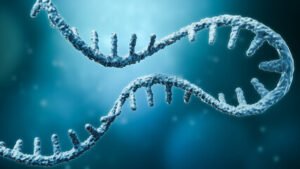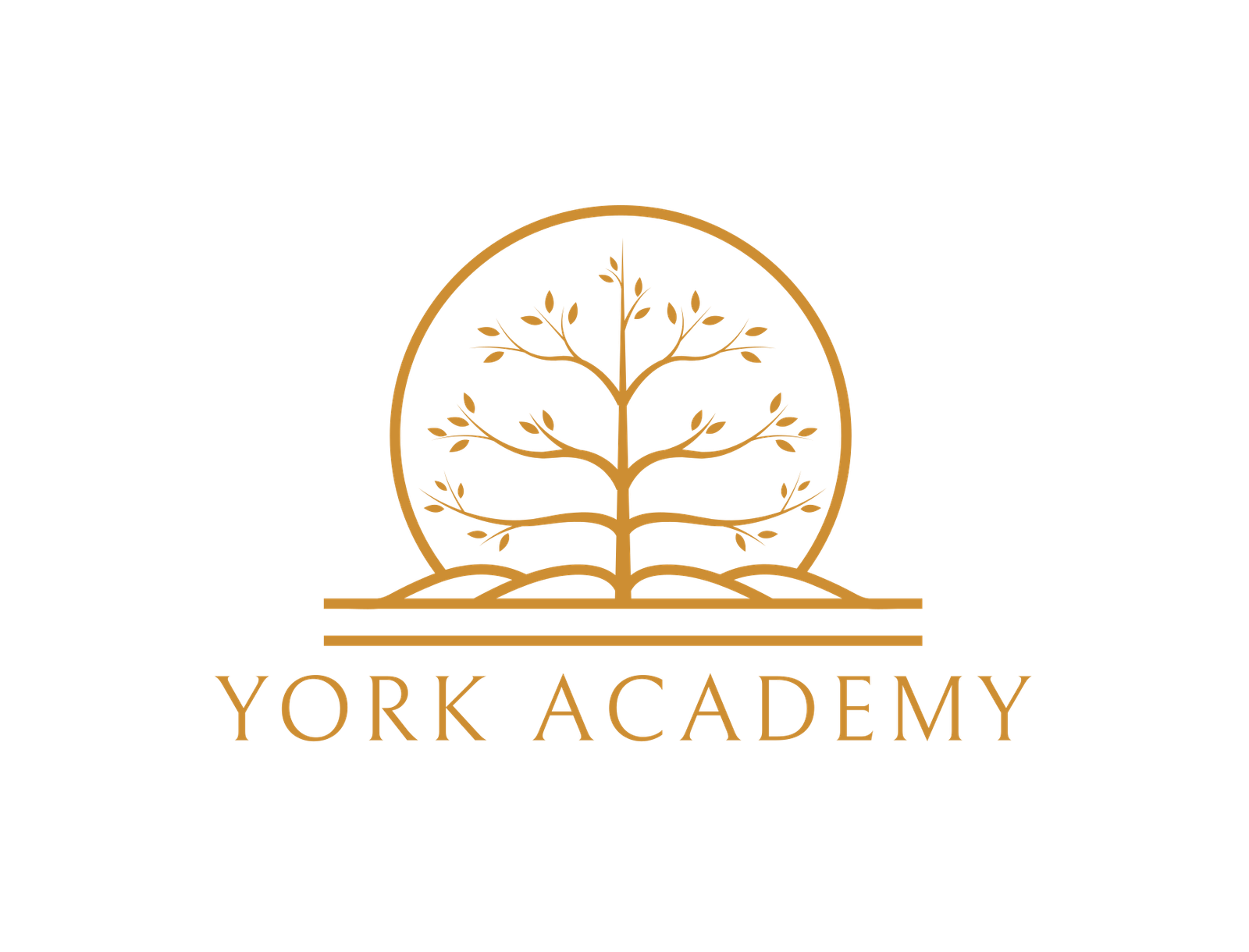Molecules that pass muster with the cell membrane enter the cytoplasm, a mixture of macromolecules such as proteins and RNA and small organic molecules such as glu- cose, ions, and water. Because of the various materials in the cytoplasm, it’s a colloid, or mixture of phases, that alternates from a sol (a liquid colloid with solid suspended in it) to a gel (a colloid in which the dispersed phase combines with the medium to form a semisolid material). The fluid part of the cytoplasm, called the cytosol, has a dif- fering consistency based on changes in temperature, molecular concentrations, pH, pressure, and agitation.

Within the cytoplasm lies a network of fibrous proteins collectively referred to as the cytoskeleton. It’s not rigid or permanent but changing and shifting according to the activity of the cell. The cytoskeleton maintains the cell’s shape, enables it to move, anchors its organelles, and directs the flow of the cytoplasm. The fibrous proteins that make up the cytoskeleton include the following:
v Microfilaments, rodlike structures about 5 to 8 nanometers wide that consist of a stacked protein called actin, the most abundant protein in eukaryotic cells. They provide structural support and have a role in cell and organelle movement as well as in cell division.
v Intermediate filaments, the strongest and most stable part of the cytoskeleton. They average about 10 nanometers wide and consist of interlocking proteins, including keratin, that chiefly are involved in maintaining cell integrity and resist- ing pulling forces on the cell.
v Hollow microtubules about 25 nanometers in diameter that are made of the pro- tein tubulin and grow with one end embedded in the centrosome near the cell’s nucleus. Like microfilaments, these components of cilia, flagella, and centrioles provide structural support and have a role in cell and organelle movement as well as in cell division.
Organelles, literally translated as “little organs,” are nestled inside the cytoplasm (except for the two organelles that move, cilia and flagellum, which are found on the cell’s exterior). Each organelle has different responsibilities for producing materials used elsewhere in the cell or body. Here are the key organelles and what they do:
Centrosome: Microtubules sprout from this structure, which is located next to the nucleus and is composed of two centrioles — arrays of microtubules — that function in separating genetic material during cell division.
Cilia: These are short, hair-like cytoplasmic projections on the external surface of the cell. In multicellular animals, including humans, cilia move materials over the surface of the cell. In some single-celled organisms, they’re used for locomotion.
Endoplasmic reticulum (ER): This organelle makes direct contact with the cell nucleus and functions in the transport of materials such as proteins and RNA molecules. Composed of membrane-bound canals and cavities that extend from the nuclear membrane to the cell membrane, the ER is the site of lipid and pro- tein synthesis. The two types of ER are rough, which is dotted with ribosomes on the outer surface; and smooth, which has no ribosomes on the surface.
Flagellum: This whip-like cytoplasmic projection lies on the cell’s exterior sur- face. Found in humans primarily on sperm cells, it’s used for locomotion.
Golgi apparatus (or body): This organelle consists of a stack of flattened sacs with membranes that connect with those of the endoplasmic reticulum. Located near the nucleus, it functions in the storage, modification, and packaging of pro- teins for secretion to various destinations within the cell.
Lysosome: A tiny, membranous sac containing acids and digestive enzymes, the lysosome breaks down large food molecules such as proteins, carbohydrates, and nucleic acids into materials that the cell can use. It destroys foreign particles in the cell and helps to remove nonfunctioning structures from the cell.
Mitochondrion: Called the powerhouse of the cell, this rod-shaped organelle consists of two membranes — a smooth outer membrane, and an invaginated (folded inward) inner membrane that divides the organelle into compartments. The inward-folding crevices of the inner membrane are called cristae. The mito- chondrion provides critical functions in cell respiration, including oxidizing (breaking down) food molecules and releasing energy that is stored in ATP mole- cules in the mitochondrion. This energy is used to accelerate chemical reactions in the cell, which we cover in Chapter 1.
Ribosomes: These roughly 25-nanometer structures may be found along the endoplasmic reticulum or floating free in the cytoplasm. Composed of 60 percent RNA and 40 percent protein, they translate the genetic information on RNA mole- cules to synthesize, or produce, a protein molecule.
Vacuoles: More commonly found in plant cells, these open spaces in the cyto- plasm sometimes carry materials to the cell membrane for discharge to the out- side of the cell. In animal cells, food vacuoles are membranous sacs formed when food masses are pinched-off from the cell membrane and passed into the cytoplasm of the cell. This process, called endocytosis (from the Greek words meaning “within the cell”), requires energy to move large masses of material into the cell. Vacuoles also help to remove structural debris, isolate harmful materi- als, and export unwanted substances from the cell.




